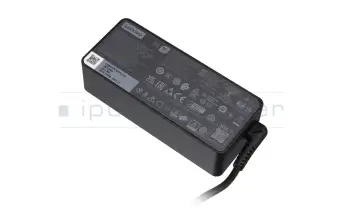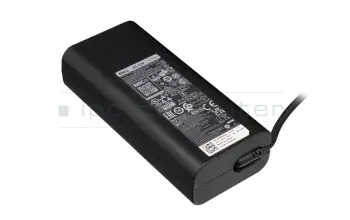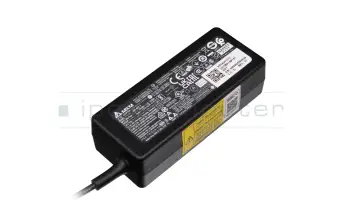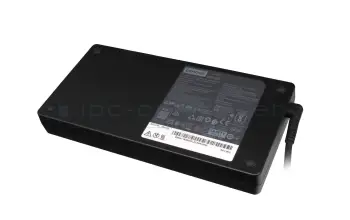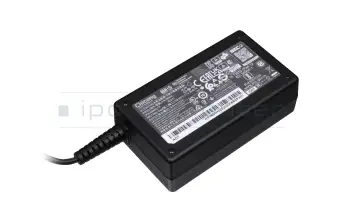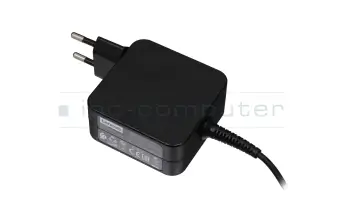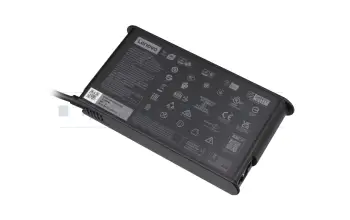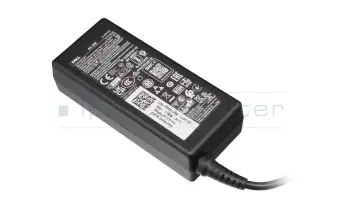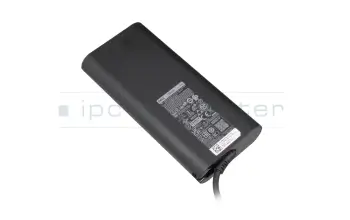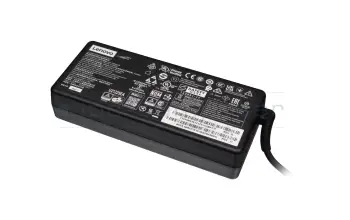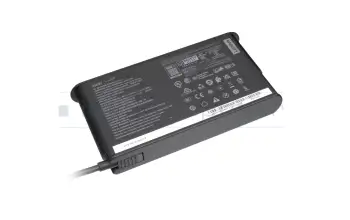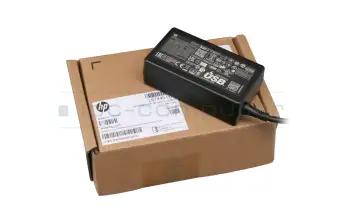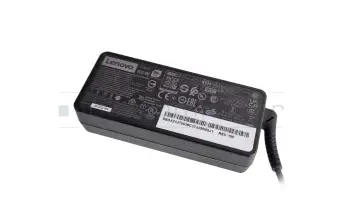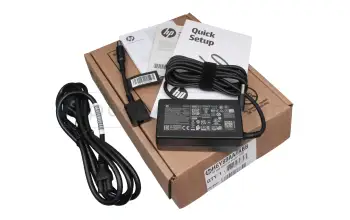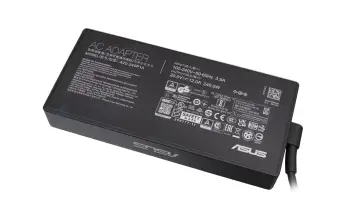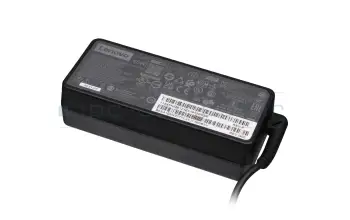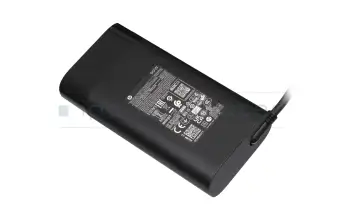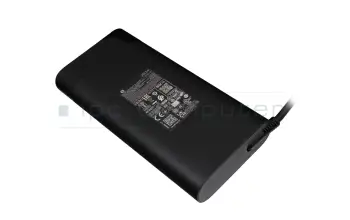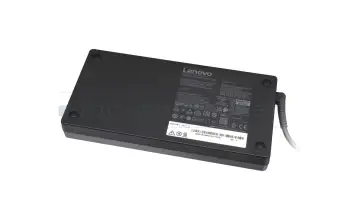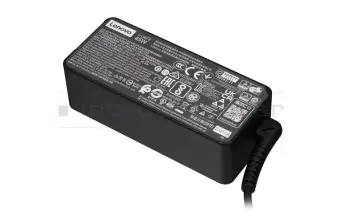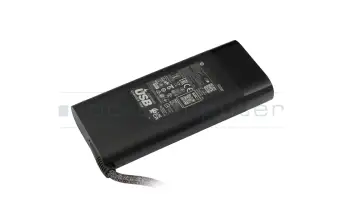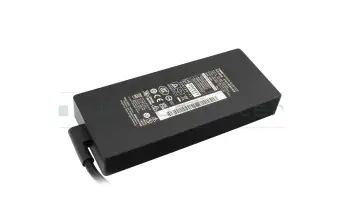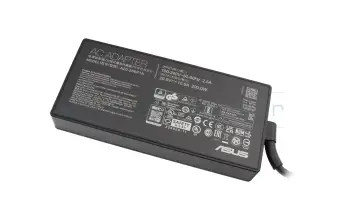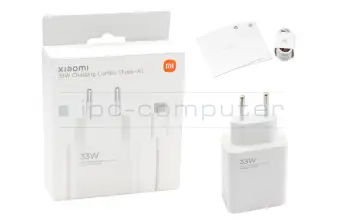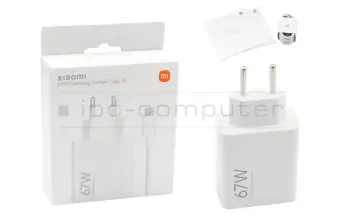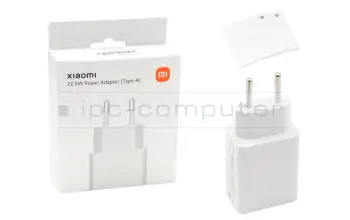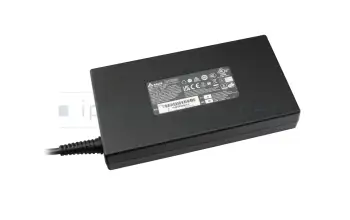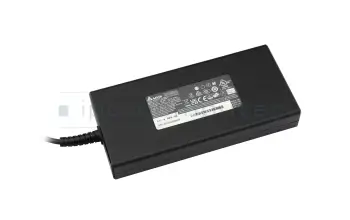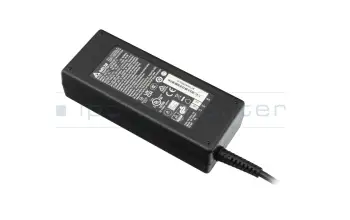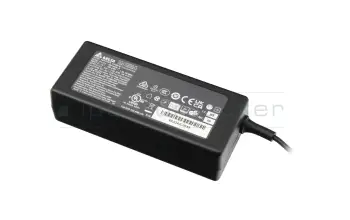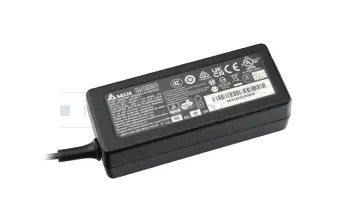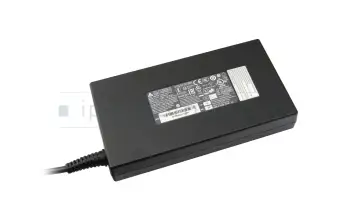AC Adapters for laptops are best bought at the distributor
Your advantages when buying AC Adapters at IPC-Computer
- AC Adapter sale since 1999
- Our aspiration: To be able to list original laptop AC Adapter in our shop and deliver it from stock immediately
- This helped us create a huge laptop spare part warehouse with currently over 20,000 in-stock power supplies
- Best Prices: Direct relations to the manufacturers ACER, ASUS, DELL, FUJITSU, HP, LENOVO etc.
- A suitable EU charging cable is included in every order
- Order the suitable AC adapter with the IPC AC Adapter Finder. You can find the right power supply from more than 120,000 with ease
- If you can't find it through the manufacturer or the model, you can also look for the technical features such as Watt, mAh, plug dimensions, size, design etc. in the AC Adapter Finder - It doesn't get any easier!
- IPC-Computer Solution-Finding - If the power supply purchase does not lead to success, our technicians will help
- Customer satisfaction is our first priority - A look at our reviews or our guestbook confirms this back to the year 2004
![[Translate to Englisch:] Notebook Netzteile [Translate to Englisch:] Notebook Netzteile](https://cms.ipc-computer.de/fileadmin/_processed_/7/b/csm_notebook-netzteile_01_8b464e3394.jpg)
Find the right notebook power supplies by model or features
How does the IPC-Computer "AC Adapter Finder" working?
First, when purchasing an AC Adapter, you need to find out the voltage and current values your notebook needs. A common error pattern of why the laptop is not charging after exchanging the power supply is that a AC Adapter with too little power has been selected. Luckily our AC Adapter Finder can help you find the right one. Additionally, this goes without much effort since you can easily filter out your suitable power supply with the technical data.
Laptop AC Adapter FAQ
Here you can find all questions and answers surrounding AC Adapters.
- Can I use as well 19 Volt as 20 Volt chargers?
This is possible, when the difference between the voltage your laptop needs and the one your charger provides is not greater than 1 Volt. So, if your laptop needs 19,5 Volt, both 19 Volt and 20 Volt chargers can be used.
Furthermore, you must make absolutely sure that the plugs of the chargers are not only physically identical, but also the pin assignment is identical, ie the pin, which is positive, it should be the same with the other charger. Be careful with chargers that have more than two pins, often a control signal is used here.
Additionally, the replacement charger should be able to provide at least the same amount of power as the old one. If it is not specified on the charger, it can be calculated from the voltage and the amperage (W = V * A).
- Can I use chargers from other manufacturers for my Notebook?
Generally you can use a charger from any manufacturer with any device, as long as the voltage and the plug are the same and the wattage is greater or equal to that of the original power supply.
See also: - Can I use my old power supply for my new Notebook
Whether you can continue using your old power supply depends on three factors.
- Is the plug identical to the one of your old Notebook?
- Is the wattage greater or equal then the one of the old power supply?
- The Voltage has to be the same, however a tolerance of +/- 1 Volt is acceptable.
- How do I find out how what the output power (watts) of my power supply is
All the necessary information to calculate it can be found on the back of the power supply. To calculate the output power of the unit, use the specifications listed under "output".
Calculation:
Ampere * Volt = Watt
Example: 4,74 A * 19 V = 90,06 W
The power supply therefor has 90 Watt.
- How do I find the right power supply for my Notebook in your online shop?
In our online shop you can choose your notebook in the menu on the left, then all compatible articles will be listed.
If you can't find your model, you can also enter the manufacturer part number of your power supply in the search.
Examples for manufacturer part numbers:
Toshiba: A000007000, K000060890, PA3468E-1AC3
Acer: AP.06501.024, 7452480100
Fujitsu-Siemens: UWL:76-01B900-5A, WTS:25.10173.071, FSP:811002431
Asus: 90-XB0KOAPW00070Q
HP: 381090-001
Lenovo: 40Y7673Examples for part numbers, that can also be found on power supplies but are not manufacturer part numbers:
ADP-60SH B, PA-1650-54, ADP-90CD, PA3468-1AC3
- I have a 65 watt power supply, can I also use one with 90 watt?
Yes, you can use a power supply with a higher wattage, however you need to pay attention that the voltage doesn't deviate more than one volt from the voltage of the original power supply.
It also doesn't work the other way around; your new power supply needs to have at least the same wattage as the old one.
- I would like to use my Laptop in my car, what kind of power supply do I need?
To use your laptop in a vehicle you need a car-adapter, which converts the 12 Volt your car provides to 19 Volt most Laptops need.
If there is no car-adapter, that is compatible to your notebook, you can use an inverter which generates mains power from the power, supplied by the car. You can then plug your normal power supply into it.
- My laptop battery is no longer charging, is my charger broken?
Not necessarily, try taking your battery out (if possible) and starting the computer while connected to the charger in question. If it starts, the power supply is working but something in the Notebook is broken.
There are also multiple indicator lights, on the laptop, whether it is being charged, also this can be seen in most operating systems. You can also use the indicator light found on some chargers to diagnose an issue with a cable.
- My power supply causes sparks when plugging it in, can this cause damage to my laptop?
No, your laptop can not be damaged by this, the sparks are a result of the inrush current and are typical for switching power supplies.
If you are still unsure, you can plug your charger in before plugging it into the device.
- My power supply is getting pretty hot, is that normal?
Power supplies are subject to certain specifications and can reach up to 50°C. The most amount of heat is produced when working on the Notebook and charging the battery at the same time. As long as you can touch your charger without getting burnt, its temperature is probably within specification. However, it is most important, that the heat can be dissipated, therefor you should never put your power supply under a blanket or in a closed drawer.
- My USB-C charger will not charge my device correctly.
Oftentimes the reason for this is, that with USB-C all devices have to agree on the current and voltage used for charging. Therefore, all involved devices must support USB Power Delivery, so that enough power can be transmitted to charge devices such as laptops. The cable used for charging is also part of these devices, which means you have to make sure your cable supports USB-PD. If one or more devices do not support USB-PD a maximum of 15 Watt can flow.
- What is the difference between the Apple MagSafe 1 and the MagSafe 2 connector?
The middle Pin on the MagSafe 1 connector is a bit thinner, than the others, whereas on the MagSafe 2 all are the same size. In comparison to the MagSafe 2 connector less wide but a bit taller. Before the L shaped MagSafe 1 there was also a T shaped one however power supplies with it are no longer produced. The ones with the L shaped MagSafe 1 connector can be used instead.
- What meaning do the test marks on the power supplies have?

The CE-mark confirms, that the power supply is compliant with all EU regulations.

If the CCC-certificate is present, the power supply may be im- or exported to and from China.

The NOM mark is issued by the NYCE. The NOM (Normas Oficiales Mexicanas) is mandatory in Mexico.

The PCT-certificate is mandatory for importing or exporting to or from Russia.

The PSE-test mark is mandatory in Japan and is issued by the Ministry of Economy, Trade and industry.

The Singapur Safety-Mark is issued by the technical inspection agency of singapur.

TÜV - Geprüfte Sicherheit. The technical inspection agency inspects for compliance with the product safety law, integrates many other product specific checks and asserts whether the manual is correct and complete

The UL-certification mark for sustainable products indicates, that a product has been tested by the UL Environment Inc. and is compliant with their testing criteria.

The UL Listed-mark indicates, that a representative unit has been tested by the UL and meets their safety criteria. These criteria are largely based on the safety standards published by the UL
- What types of mains plugs can I order?
Here is a list of country specific mains plugs, which we can deliver with your new power supply.
Please note, that you can not order the mains plugs on their own!
Land Steckertyp Belgium(BEL) F Denmark(DEN) C oder F Denmark(GER) C oder F Finland (FIN) C oder F France(FRA) C oder F Greece(GRE) C oder F Italy (ITA) C oder F Liechtenstein (LIE) C oder J Luxembourg (LUX) C oder F Netherlands (NED) C oder F Norway (Noder) C oder F Austria (AT) C oder F Poland (POL) C oder F Portugal (POR) C oder F Romania (ROU) C oder F Sweden (SWE) C oder F Switzerland (CH) C oder J Spain (ESP) C oder F Turkey (TUR) F Great Britain(UK) G United States(US) A oder B - Why does the plug of my new power supply not fit into my notebook, even though the part number is the same as the old power supply?
You ordered using the part number of the power supply manufacturer (DELTA, LiteOn, …) and not the notebook manufacturers part number. The power supplies are often bought by the Notebook manufacturers and then outfitted with different plugs. These plug variants are no longer considered in the part number of the power supply manufacturer. An example: ADP-90MD H is sold by Acer with a plug with a 5,5mm outer and a 1,7mm inner diameter but other brands sell it with a 5,5/2,5mm plug.
- Why is my power supply humming, hissing or beeping?
Basically, a power supply converts the AC voltage from the mains into a lower DC voltage for a consumer. In the case of a laptop power supply, the output voltage and maximum output current are usually fixed.
The main component of any power supply unit or power supply is a transformer. In laptop power supplies, this is usually characterized by a very compact design.
The 220-volt alternating current from the wall socket generates a magnetic field in the transformer, whose charge changes from positive to negative 50 times per second. These electrical oscillations can cause parts of the transformer wires, iron cores and coils to move slightly. While the parts are usually glued together tightly, the connections can become partially loose for a variety of reasons, or the insulation on the coil wires can become brittle. And this can cause the annoying noises. The power supply hums.
The movements of the transformer components can also be transferred to other components in the very compactly designed laptop power supply and cause additional small vibrations there, which also cause noises.
Reassuring when the power supply hums: Noise developments in power supplies don't affect the electrical functionality and are usually harmless.
Depending on the cause of the noise, mounting the power supply differently, e.g. on a different base or on a piece of foam rubber, may solve the problem.
- Will my battery charge faster with a power supply that has a higher wattage?
No, because a circuit in the Notebook controls how much power arrives at the battery and not the charger.
